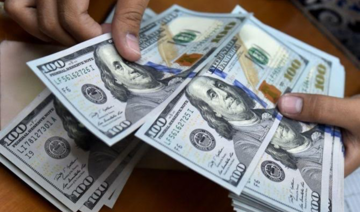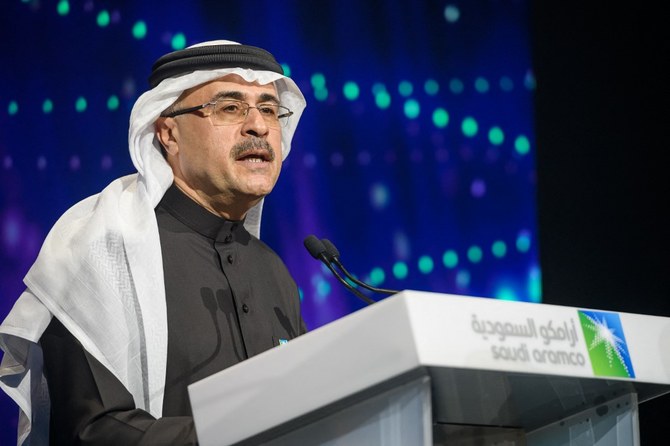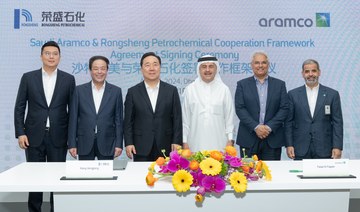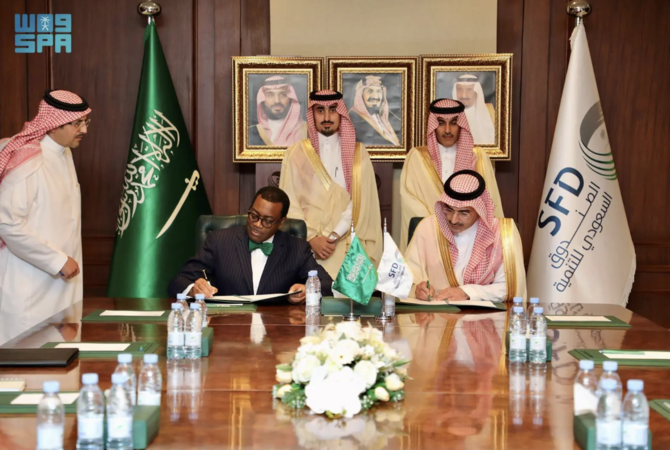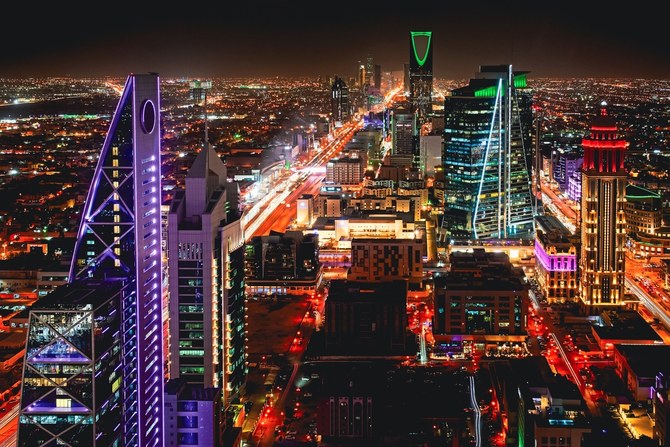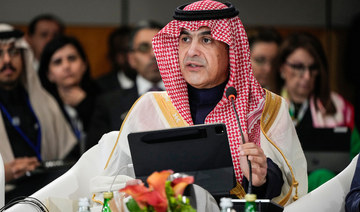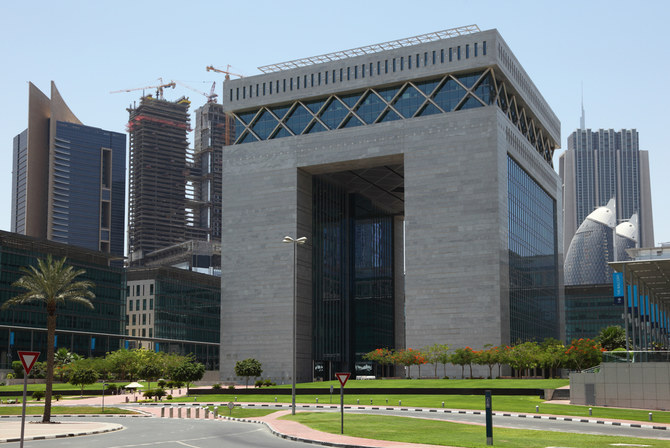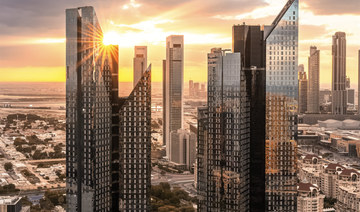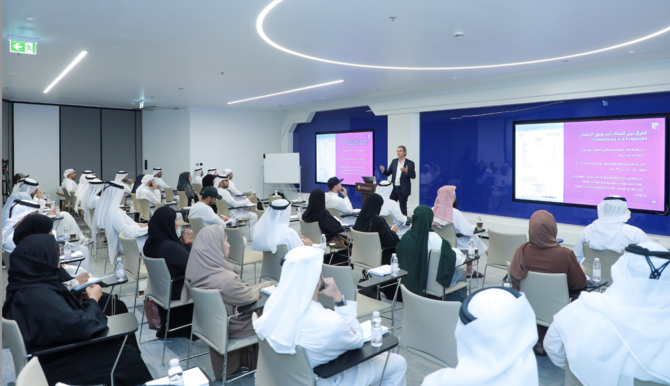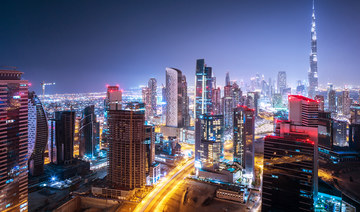DUBAI: The UAE was the second largest source of remittances globally in 2020, followed by Saudi Arabia, according to the latest report from the World Bank.
The US was the biggest source country, sending $68 billion abroad last year, while the foreign workers in the UAE sent home $43 billion and those in Saudi Arabia transferred $35 billion, said the report, published Thursday. Among middle-income countries, immigrants to Russia were the biggest remitters, sending $17 billion.
Remittances from Saudi Arabia have been slowly declining since 2015 as oil prices have moderated and the government has encouraged hiring of nationals. For instance, foreign workers sent $1.8 billion to the Philippines in 2020, down 36 percent from 2015.
Despite the large drop in foreign workers in the GCC, remittances from Saudi Arabia held up in 2020 thanks in part to the cancelation of travel to Saudi Arabia, which diverted funds set aside for the Haj pilgrimage to remittances to Bangladesh and Pakistan, according to the report. Both of those countries offered tax incentives last year to boost remittances from migrant workers abroad, while a devastating flood in July 2020 also led to an increase in payments.
Remittances to the Middle East and North Africa rose by 2.3 percent to about $56 billion in 2020, following a 3.4 percent increase in 2019, the report said. The gains came amid unexpectedly strong inflows to Egypt (up 11 percent to a record $30 billion), the fifth-largest recipient of remittances globally, and to Morocco (6.5 percent to $7.4 billion). Tunisia saw a 2.5 percent increase, while other countries, including Lebanon, Iraq, Jordan, and West Bank and Gaza all experienced double-digit declines.
Globally, remittances to low- and middle-income countries fell 1.6 percent to $540 billion, a smaller decline than expected, the World Bank said. The figure is forecast to increase to $553 billion this year and to $565 billion in 2022.





